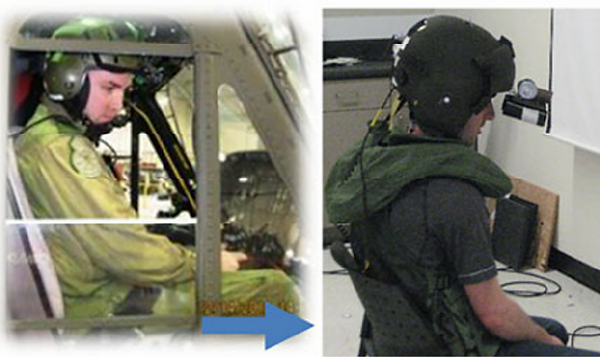ATLAS
In short an ergonomic helmet counterweight system to address the physical strain of heavy night vision systems and improve the soldier's performance
Need Night vision devices are mounted on the front of the helmet and violate the balance point of the head. To compensate for the imbalance, soldiers are required to exert a significant muscular effort which over time slows down their reaction time and makes it difficult for them to carry the device

concept The guiding principle was to design an efficient, quick-to-deploy counterweight system to balance helmet-mounted equipment. Initial solutions using elastic straps evolved through field testing into a refined, magnetic-based system. Collaboration with NOMADITY enabled the integration of FIDLOCK BOA magnetic connectors, enhancing ease of use and reliability in combat




Design process
Market analysis Balance solutions available in the market are based on adding a counterweight in the rear area. They ease the soldier's feeling but worsen the problem over time, and are not relevant in changing body positions.
Creating 3D sketches for the examination of diverse solution versions


Academic research
An experiment was found in the Canadian Army for helicopter pilots in which they balanced the helmet with a spring that connected it to the pilot's seat.
Attrition in the pilots' response time decreased by 10% and they complained of pain 28% more slowly compared to pilots using a weight-based balance system.


Expert Consultation
After comparing the design strategies with Eran Franco
(ergonomics expert, Deputy Director of Physiotherapy at Assaf Harofeh Medical Center) and field soldiers, I decided on adapting the findings of the Canadian experiment to the combat conditions of a field soldier, while defining his functional and physical needs, and created first models to balance the helmet by stretching rubber to the soldier's vest
Trials of the solution in the field refined the characterization of the soldiers' needs to an intuitive system that can be adjusted for fast intuitive connection and disconnection, with one hand and without a glance for use in extreme pressure situations


Additional adjustments, experts collaboration
Close cooperation and consultation from the NOMADITY studio enabled the implementation of FIDLOCK magnetic BOA connectors
After examining a number of alternatives, a prototype was created that was tested with the soldiers in operational activity and received positive responses

final design
For dimensions and usability in harsh combat environments the final design is refined to create a uniform and covered part
Creating a compact and army-ready kit for easy deployment and standardization within the army for assimilation and serial production
Reference to a secondary need
Adaptation of a secondary connection point to the system at times when it is not connected to the helmet. A need that arose from the characteristics of the soldiers' use to keep it available for use.

Additional products
ONE PAGER for a quick and concise explanation to potential partners and experimental users
MANUFACTURING BRIEF for the open source distribution of the concept to allow small manufacturing plants to make work for soldiers required for Atlas during the Iron Swords War



